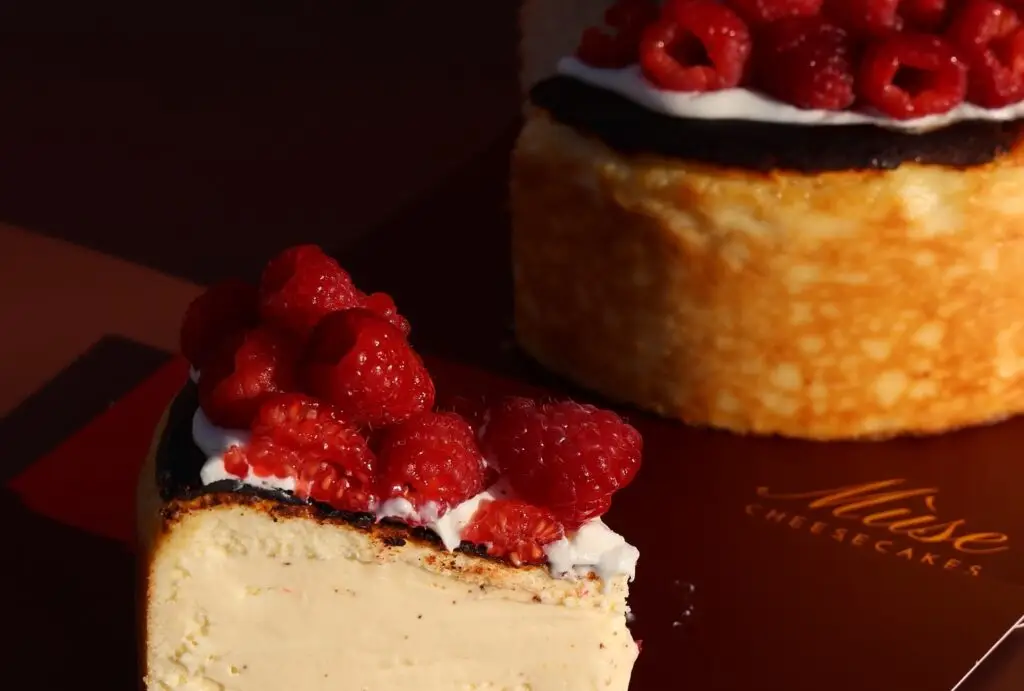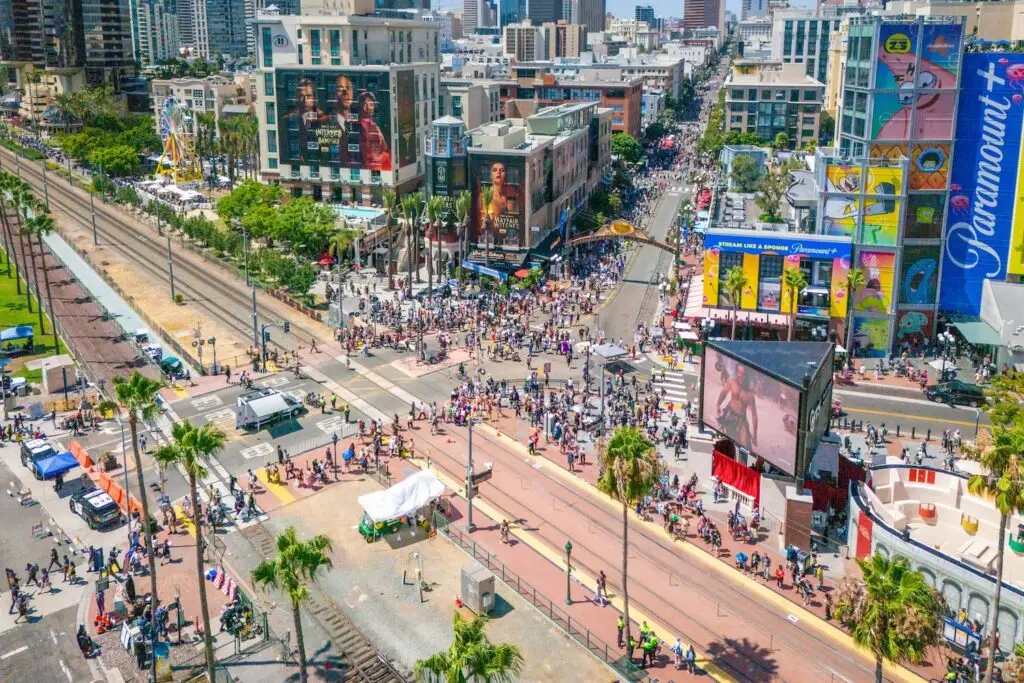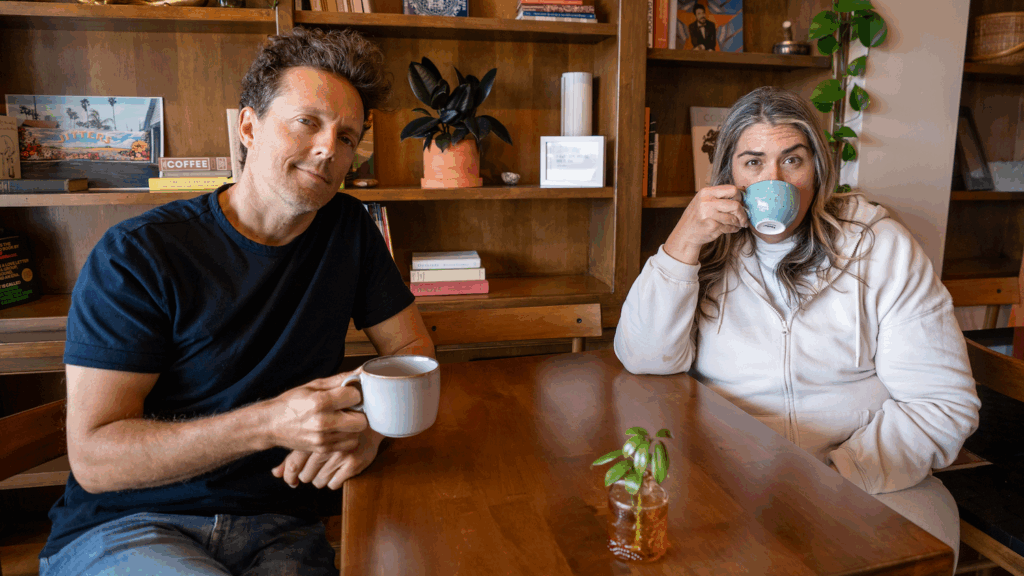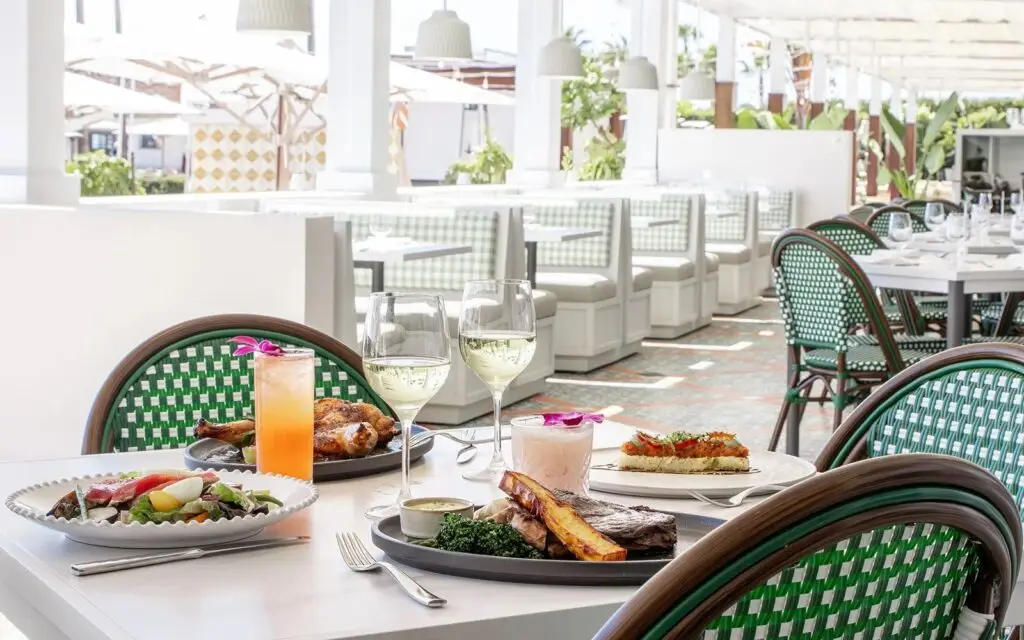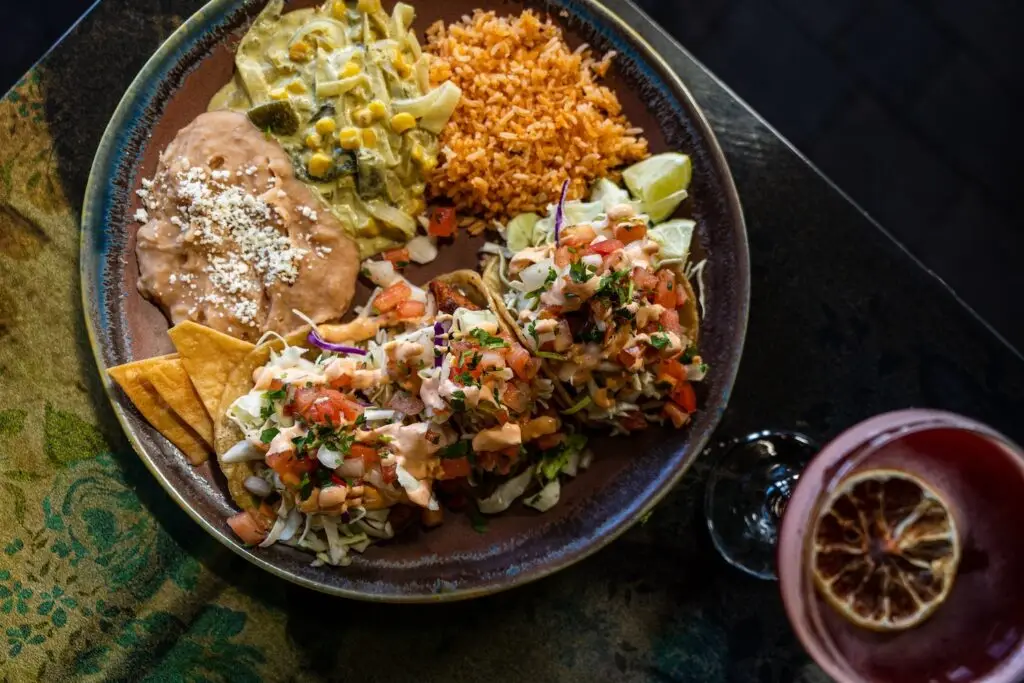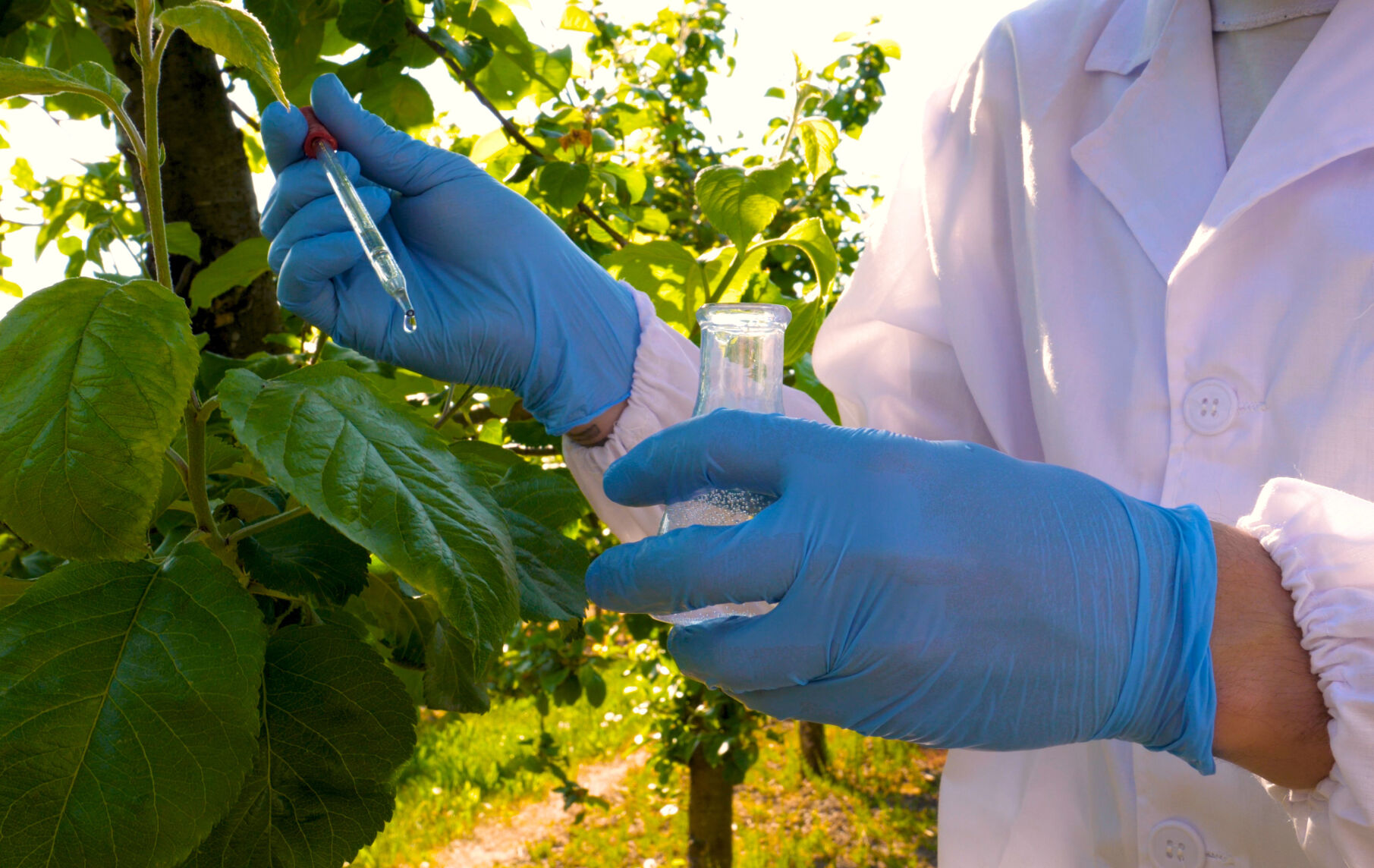
Kratom
Though Kratom Kava Bar bills itself as “America’s Finest Sober Bar,” most of its cocktails could technically get you a $500 fine for possession inside San Diego city limits. Repeat offenders could see jail time.
The root of the crime is not kava, though. That herbal supplement—promoted as “nature’s xanax”—is fully legal in most states, and according to Rolling Stone, virtually every country other than Poland. The supplement Kratom, on the other hand, is banned in six states.
And though ours is not one of them, two California cities have decided to outlaw the herb, and they both happen to be local: San Diego and Oceanside.
Which explains why you’ll find clusters of kratom retailers bunched in neighboring cities of Carlsbad and La Mesa. Both are home to the dedicated retailers, Bumble Bee Botanicals and The Kratom Store, which have been selling the herbal supplement in capsules and powders for several years.
It’s only within the past year that Kratom Store operator Linda Kline has established the newer entity, Kratom Kava Bar, also with locations in Carlsbad and La Mesa. Within these storefronts, kratom powders are mixed with water, coffee, tea, and sometimes kava, and served for off- or on-site consumption. Various flavors of simple syrup, like you might find behind a bar or in a coffeeshop, are provided to sweeten the typically bitter beverages. The bars also sell kratom-infused candies.
More to the point, an array of physiological and mood-altering effects are attributed to the herbal products. These include relaxation and sedation, energy, euphoria, and pain relief. In other words, the effects of kratom are apparently anything you need them to be. When I inquired about a single piece of kratom candy being sold for $5, I was advised that results vary from person to person, but generally, one-third of the Jolly Rancher-sized chew gives you energy, two-thirds delivers a euphoric sensation, and eating the whole candy makes you sleepy.
It sounds too good to be true, but these claims are at least supported by kratom’s backstory. While kava is ground from the rootstock of a shrub native to islands in the South Pacific, kratom is cultivated from leaves of a tree that grows in Southeast Asia: think Indonesia, Malaysia, Thailand, and The Philippines.
According to a study published by the National Institute of Health, farmers in these regions have long used its ground up leaves as a stimulant. Indeed, kratom advocates will remind you the plant is in the same botanical family as the coffee tree. But then, so is ipecac, the stuff emergency rooms give to make you vomit when you’ve ingested poison. Meanwhile, the NIH study also notes that Kratom’s psychoactive compounds bind to the brain’s opioid receptors, so it’s also been used for centuries as a treatment for morphine and opium withdrawal.
Whether it creates the effect of a stimulant or sedative seems to depend on how much a person ingests, and maybe on the strain or origin of a particular kratom tree. A menu at Kratom Kava Bar highlights different effects and effective strengths for the herb whether it was ground from white, gold, red, or green leaves, and/or trees grown in Bali, Borneo, Malay, or Vietnam. A clerk in one of the stores told me he takes the herb to cope with insomnia. I met a hairdresser who claimed to take some before each shift, to better socialize with her clients. She admitted, at times when she’s taken too much, she’s become sick.
So why is kratom illegal in some places? In both San Diego and Oceanside, the answer dates back to 2016, when kratom got swept up as a “novel psychoactive compound” in a new ordinance aimed at prohibiting synthetic cannabinoids, a.k.a. “spice,” and synthetic cathinones, better known as “bath salts.”
In San Diego City Council meetings discussing the emergency ordinance in spring 2016, San Diego Police Department representatives described an “epidemic” of several hundred spice and path salt overdoses that had taken place in downtown and Hillcrest neighborhoods. They likened the effects of the synthetic compounds to marijuana and cocaine, respectively, and described futility enforcing federal and state laws against the drugs, as chemists could quickly alter compounds to technically avoid prosecution.
As then councilmember Marti Emerald phrased it, “Once you think that you’ve got a specific genetic code, or whatever piece of chemistry defines the drug, somebody in their bathtub or whatever whips up something new.”
In response, the city’s crime lab researched laws in other cities and states to compile a list of 91 distinct chemical compounds to be banned in the ordinance. That list includes mitragynine and 7-hydroxymitragynine, compounds produced naturally by only one source: *mitragyna speciosa*, or kratom tree.
The ordinance passed on a 6-0 council vote; then councilmember Todd Gloria calling its passage, “a no-brainer.” Though kratom was never mentioned during the public hearings, by June 15, its possession was subject to fines ranging from $500 to $1,000, and up to six months in jail.
It was earlier that spring that Oceanside passed a similar ordinance, citing a list of 94 compounds. Number 94 specifically mentions Kratom, noting it as “a ‘drug of concern’ for the DEA.”
Indeed, encouraged by other government agencies, the DEA had announced intention to add kratom to its list of schedule 1 drugs, used to highlight drugs with no accepted medical use, and which carry a risk of addiction or abuse. Along with the likes of methamphetamines, heroin, and cocaine, marijuana is included on this list.
However, in 2017, the DEA reversed course, in response to both a public petition and a letter from a group of 25, bipartisan U.S. Representatives suggesting more study was needed of the naturally occurring compound.
So, nation- and state-wide, kratom has remained legal, albeit controversial. The Mayo Clinic calls it “unsafe and ineffective,” and FDA warns consumers not to use it, due to “risks of addiction, abuse, and dependence.” The National Institute on Drug Abuse (NIDA) describes side effects that include dizziness, hallucinations, seizures, and liver damage, and withdrawal symptoms of hostility, muscle and bone pain, and jerky movements of the limbs.
Meanwhile, advocates cite its efficacy helping curb opioid addiction, and a 2020 survey by Johns Hopkins shows 42% of kratom users take it for this, while an overlapping 91% said they take it for pain relief, 67% to alleviate anxiety, and 64% to combat depression.
Kratom Kava Bar owner Linda Kline did not provide comment after multiple requests, but in her so-called “sober bars,” kratom retains its legal status whether brewed into a tea, soft drink, or candy. And though it remains banned in San Diego, a city records request indicates only seven possession citations have been issued for the ordinance, and none since 2018.
